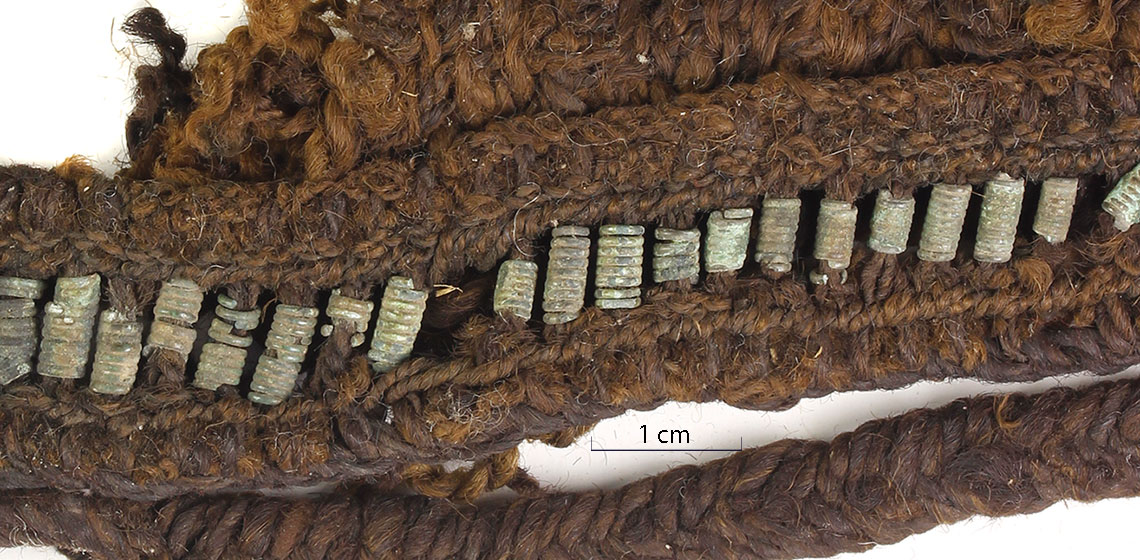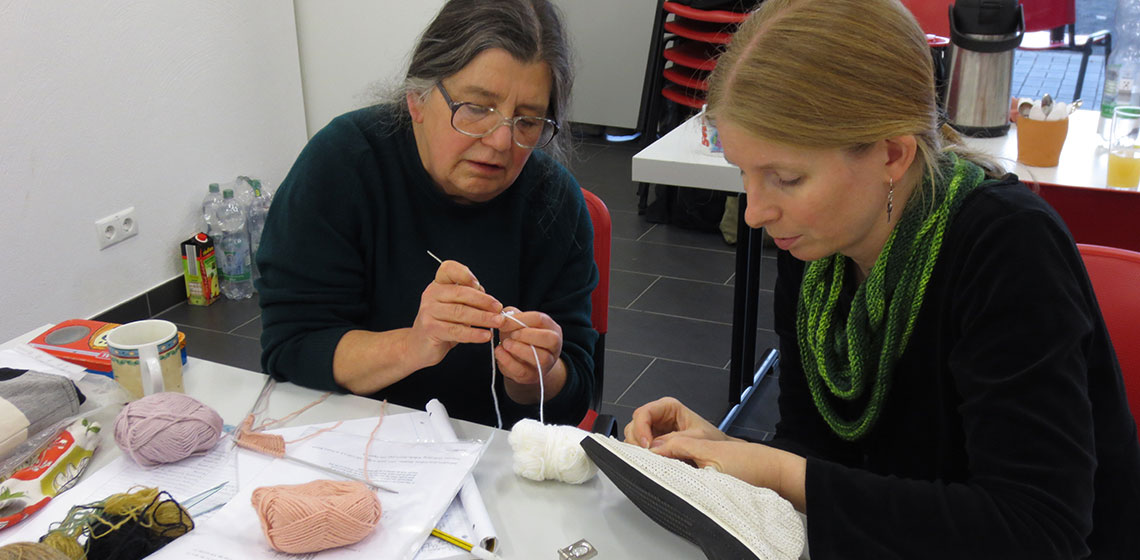Fortezza Verrucole Archeopark (IT)
The Fortress of Verrucole dates back to the 10th century. It was constructed by the Gherardinghi family on a previous human settlement. Because of the expansionist aims of Lucca northwards, many battles took place here such as a long siege during the winter 1170.
The Fortress of Verrucole dates back to the 10th century. It was constructed by the Gherardinghi family on a previous human settlement. Because of the expansionist aims of Lucca northwards, many battles took place here such as a long siege during the winter 1170...









